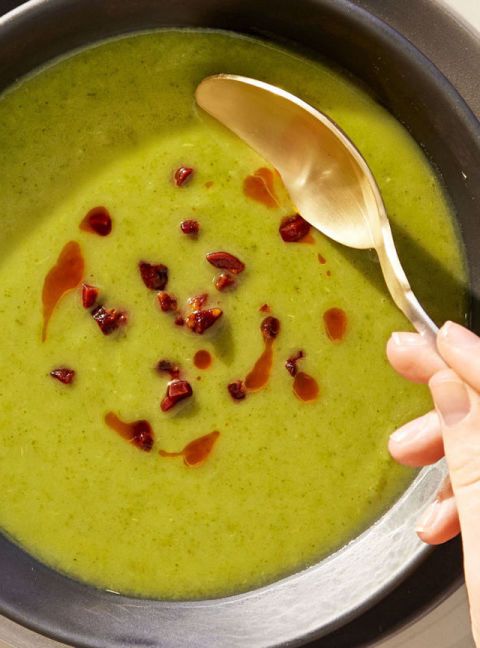Warming Winter Soups
It’s almost winter, so warm up with these comforting stews and soups. They don’t take long to prepare, and you can leave the kitchen while most of the heating is done. Soups are often satiating and healthy since they include a range of vegetables and sometimes meat. They work well as a frozen emergency food … Read more
